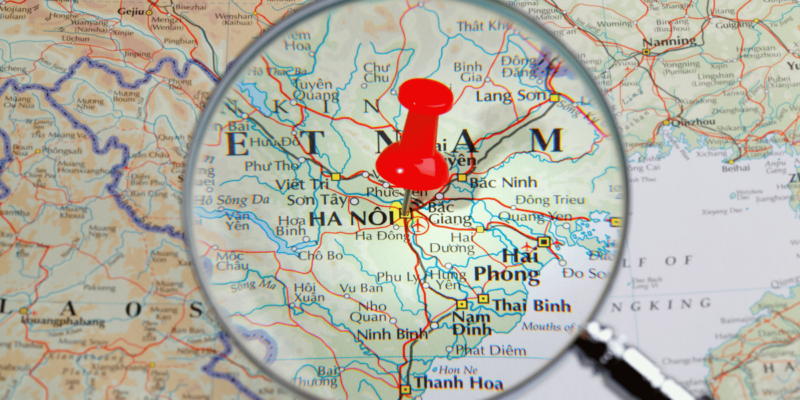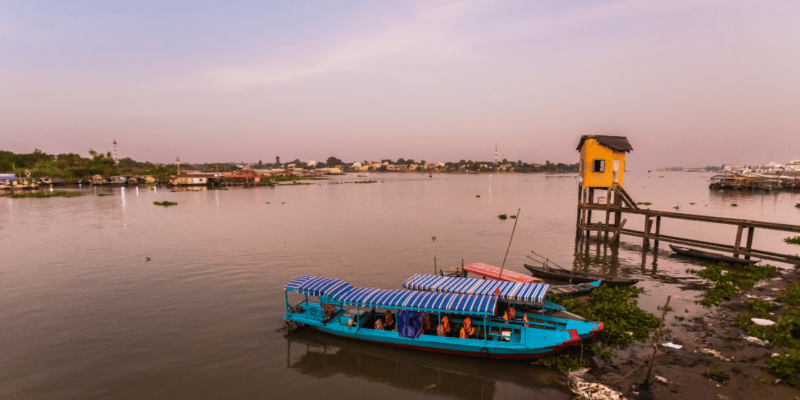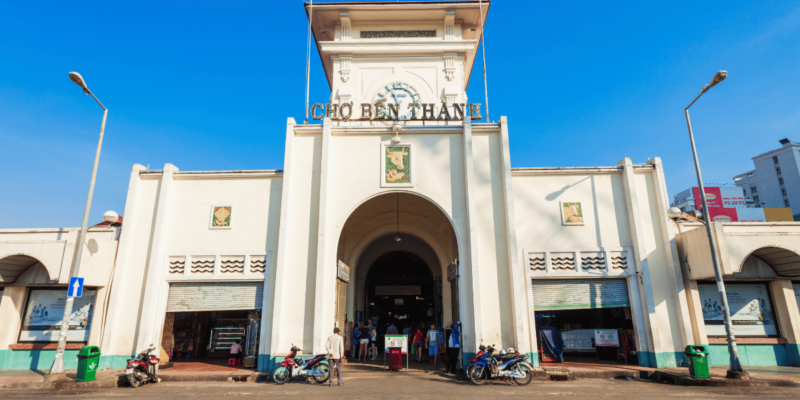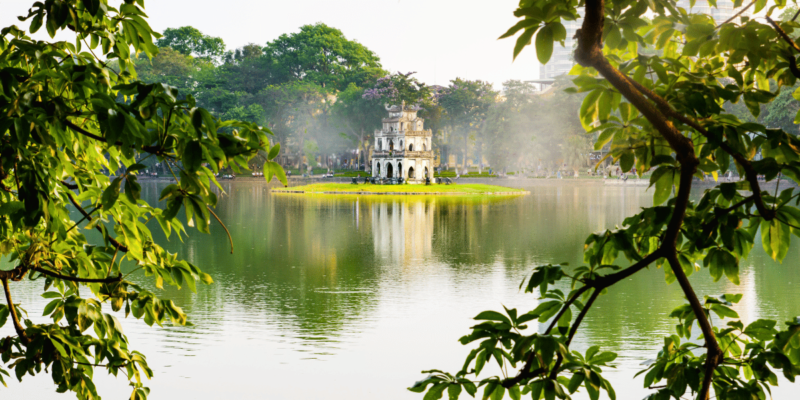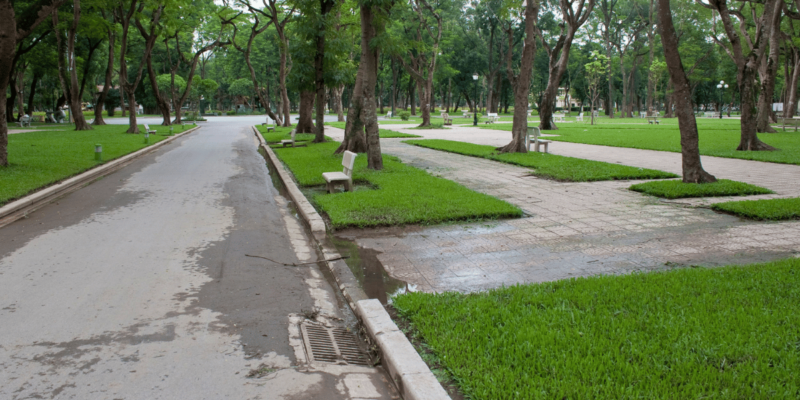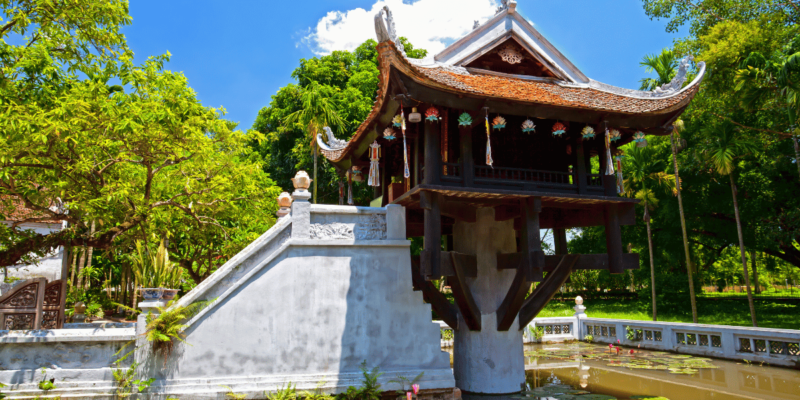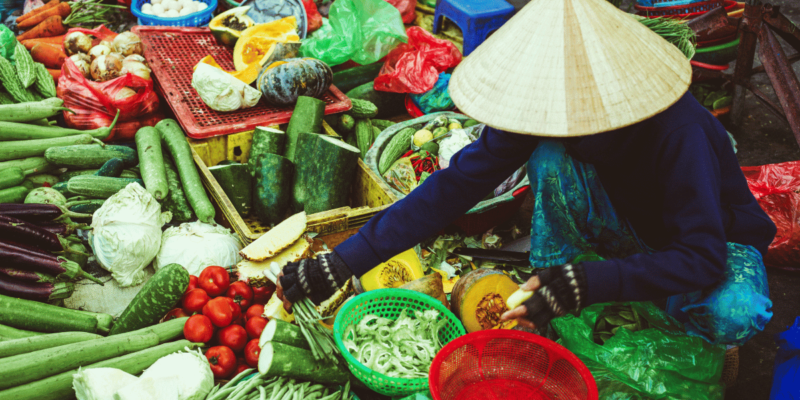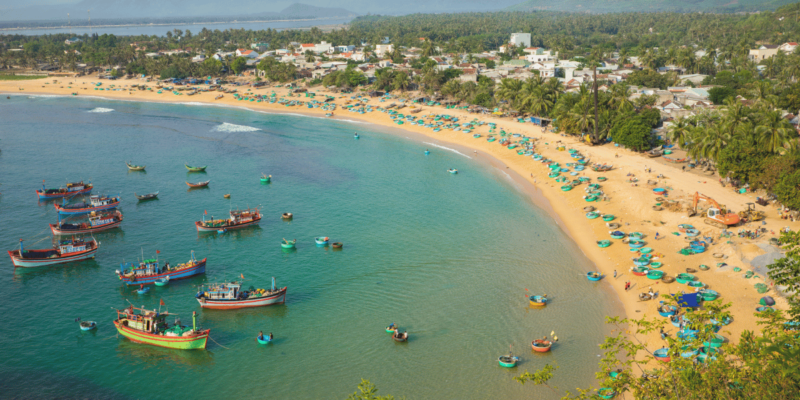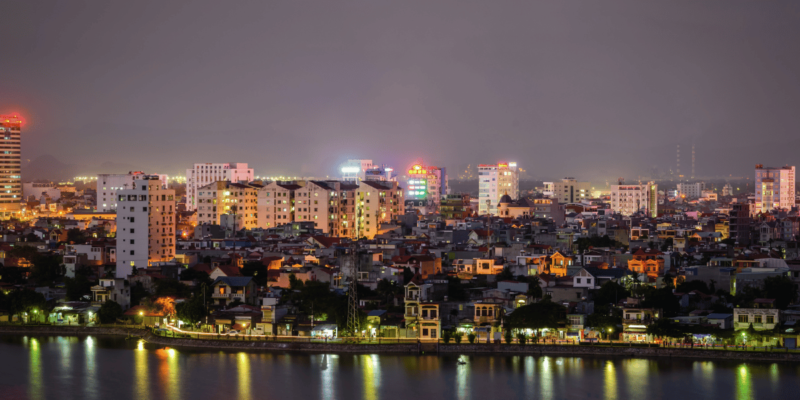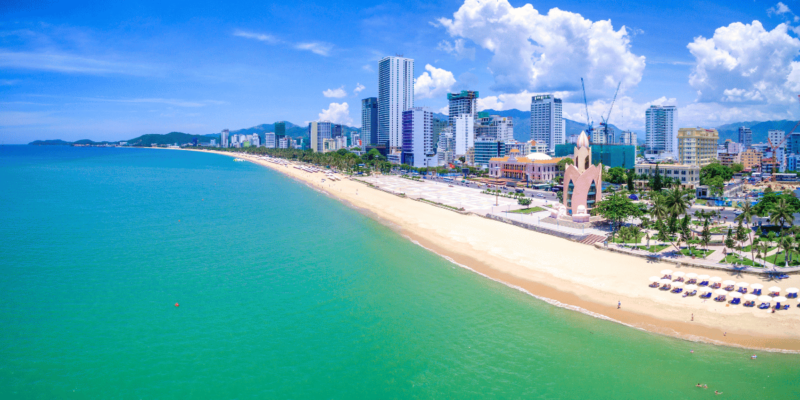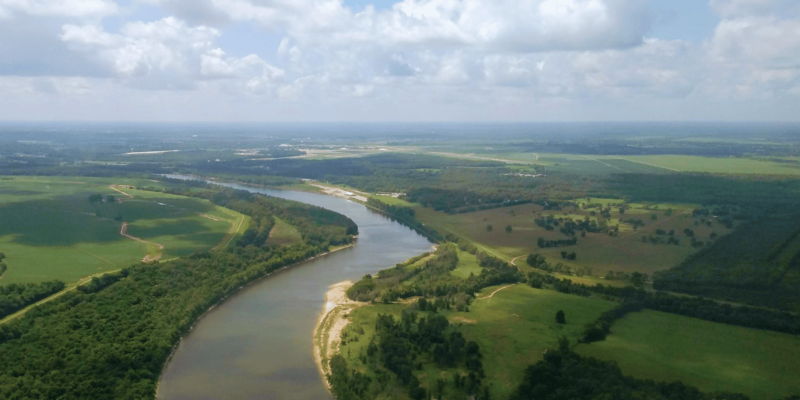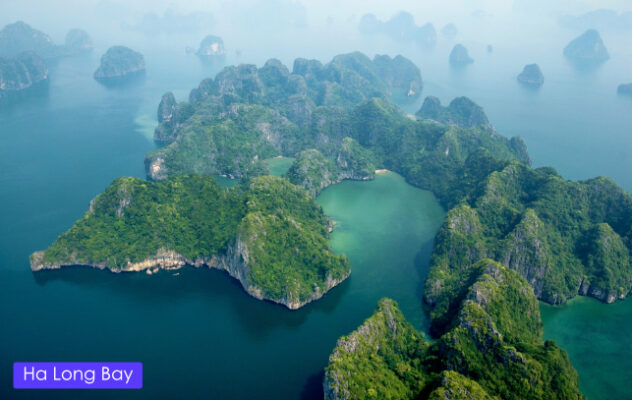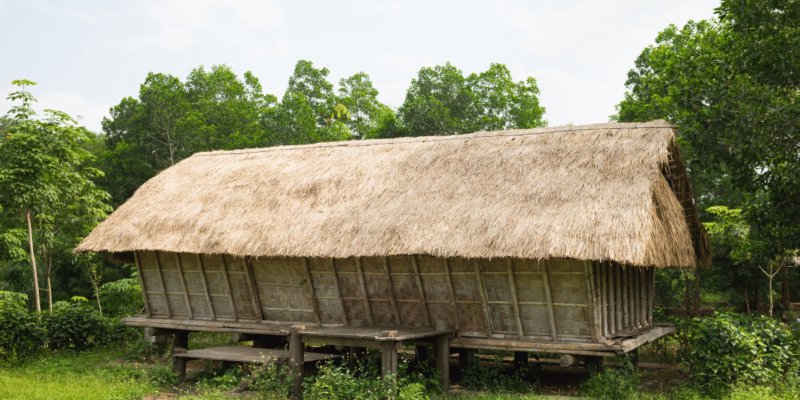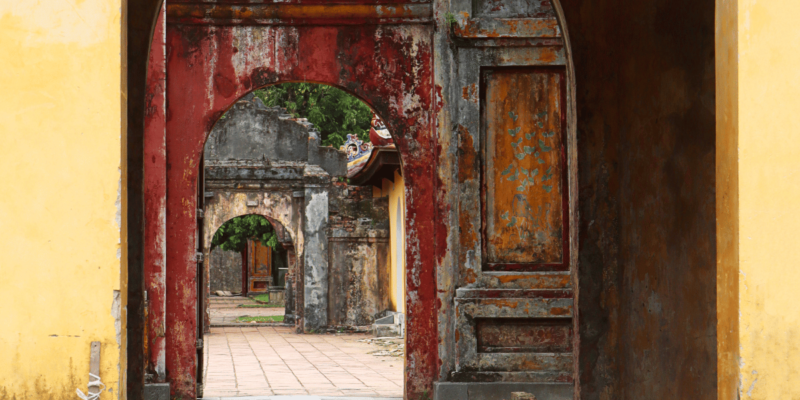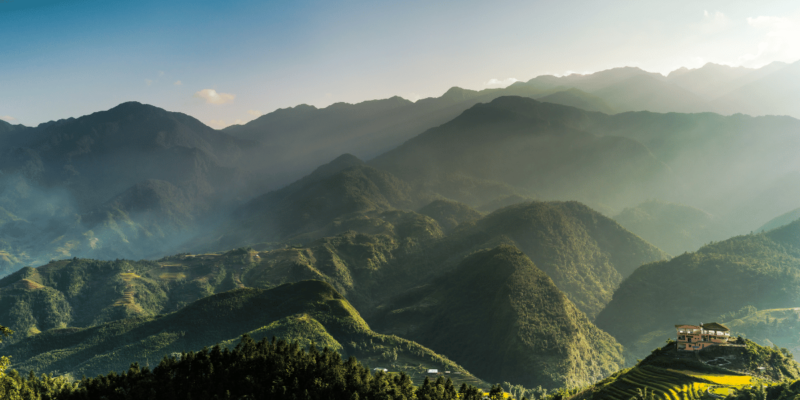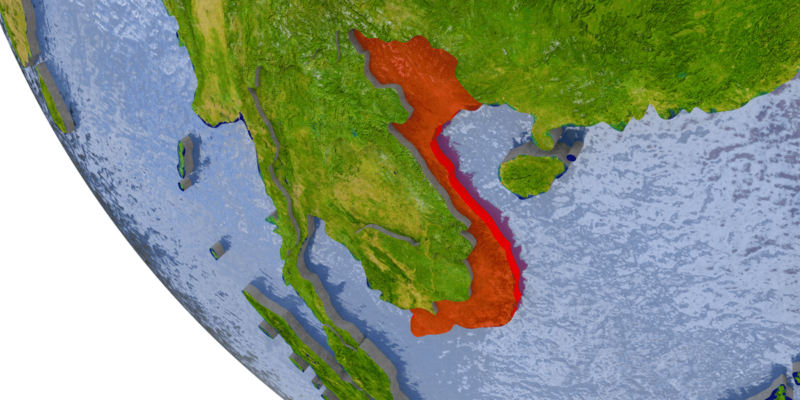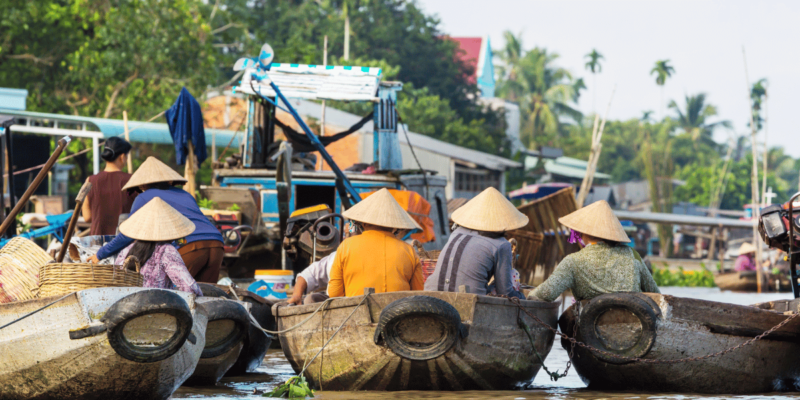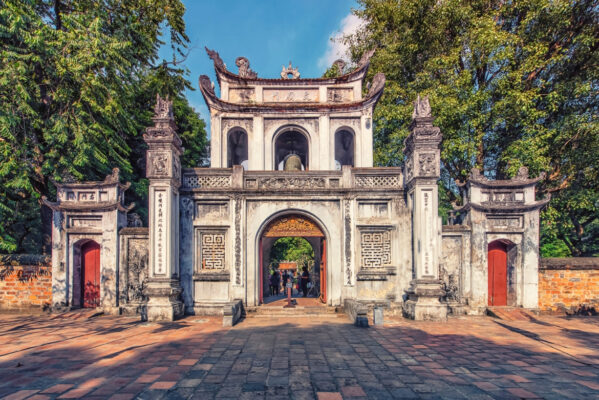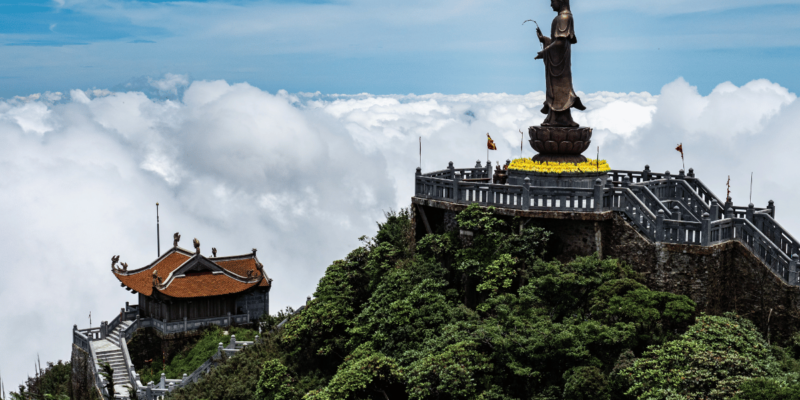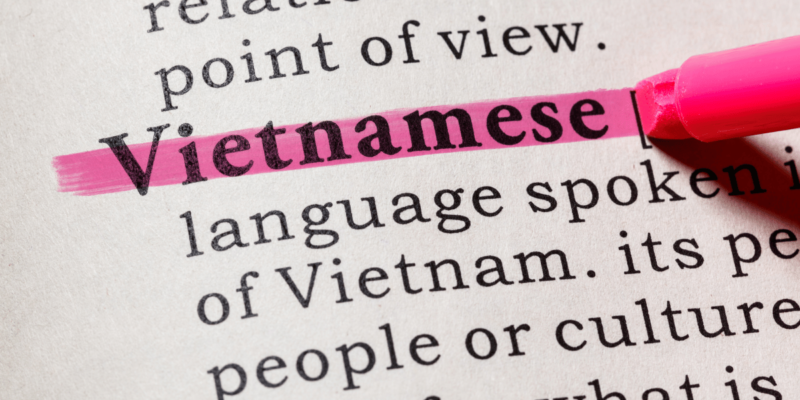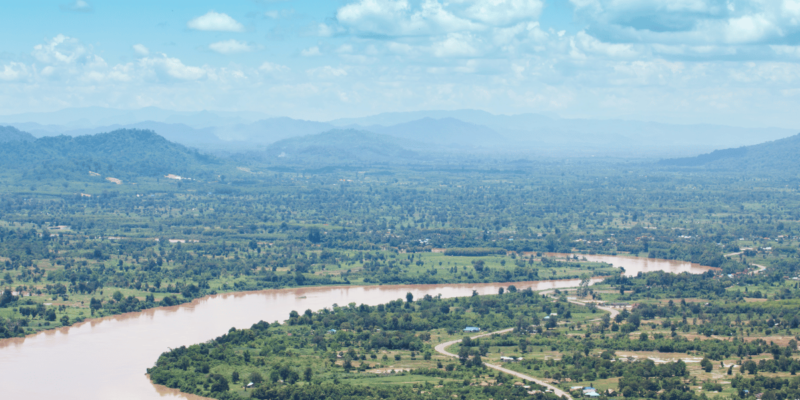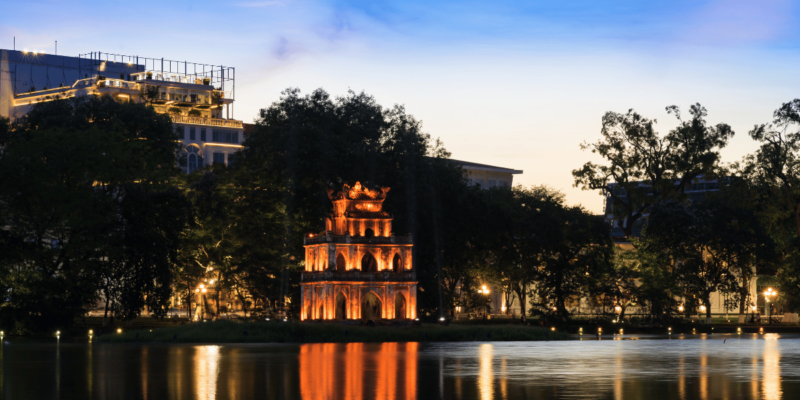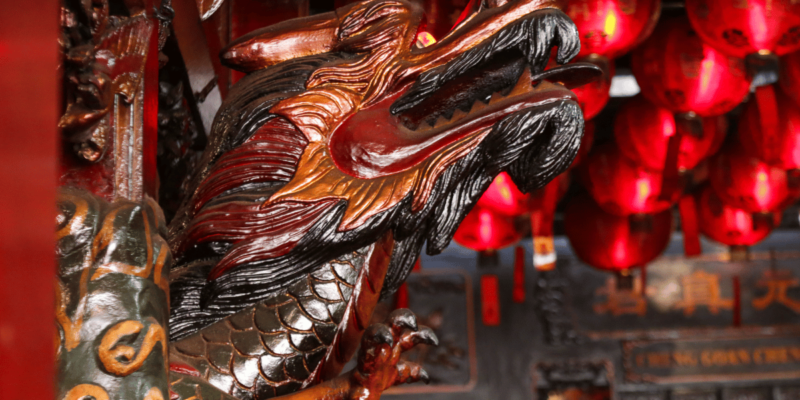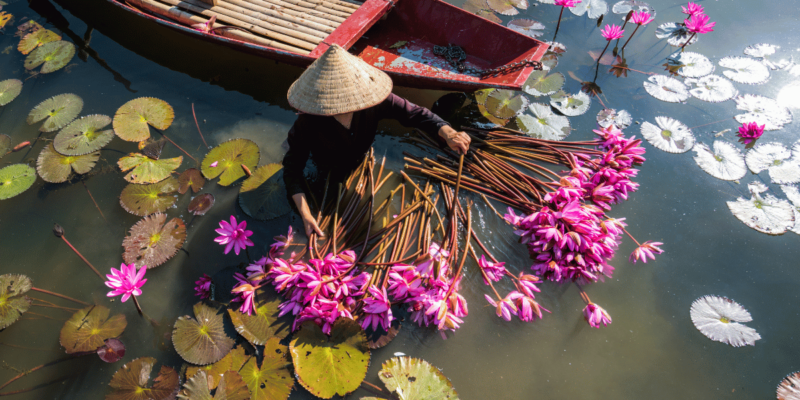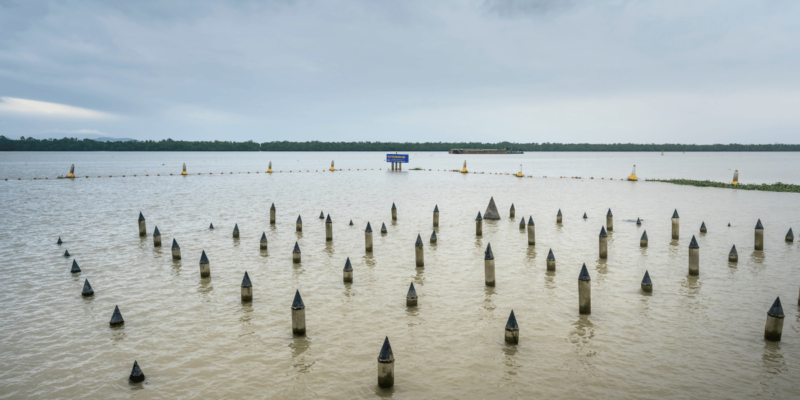Vietnam’s Diverse Landscape
Vietnam, a country renowned for its breathtaking beauty, boasts an incredibly diverse range of landscapes. From rugged mountains and lush forests to serene beaches and sprawling deltas, the geographical diversity of Vietnam is a key factor in its rich cultural heritage and booming tourism industry. Each region offers unique scenery and experiences, attracting travellers from around the world. This article will explore the distinctive landscapes of northern, central, and southern Vietnam, highlight important national parks and cultural sites, and discuss the impact of tourism on these natural wonders.

Northern Vietnam
Northern Vietnam is characterised by its dramatic mountainous regions, such as Sapa and Ha Giang, where terraced rice fields cascade down the slopes, creating a stunning mosaic of green hues. The area is home to various ethnic minority communities, whose traditional lifestyles add cultural depth to the scenic beauty. The Red River Delta, another significant landscape, is the cradle of Vietnamese civilisation, with its fertile plains supporting agriculture and dense settlements. Ha Long Bay, a UNESCO World Heritage site, features thousands of limestone karsts and islets jutting out of the emerald waters, forming one of the most iconic seascapes in the world. These landscapes not only offer breathtaking views but also provide insight into the region’s history and way of life.
Central Vietnam
Central Vietnam is known for its long, sandy beaches and scenic coastal areas. The region’s coastline, stretching from Da Nang to Nha Trang, is dotted with idyllic beaches and vibrant fishing villages. Inland, the Annamite Range presents a rugged terrain rich in biodiversity, home to numerous endemic species. Phong Nha-Ke Bang National Park, another UNESCO World Heritage site, is famous for its extensive cave systems, including the world’s largest cave, Son Doong. The coastal dunes of Mui Ne offer a stark contrast with their arid, wind-sculpted formations, creating a unique landscape that attracts adventurers and photographers alike. Central Vietnam’s diverse environments make it a hub for nature lovers and thrill-seekers.

Southern Vietnam
Southern Vietnam features the lush and labyrinthine Mekong Delta, often referred to as the “rice bowl” of Vietnam due to its extensive rice paddies. The delta is crisscrossed by a network of rivers and canals, supporting floating markets and vibrant agricultural communities. The southern highlands, including the city of Da Lat, provide a cooler climate and scenic landscapes of pine forests and waterfalls, offering a refreshing escape from the tropical lowlands. The Can Gio Mangrove Forest, a UNESCO Biosphere Reserve, plays a crucial role in protecting coastal ecosystems. The Con Dao Islands, known for their pristine beaches and rich marine life, are a hidden gem for eco-tourism and historical exploration. These varied landscapes highlight the ecological and cultural richness of southern Vietnam.
National Parks and Protected Areas
Vietnam’s national parks are vital for conserving the country’s rich biodiversity and offering ecotourism opportunities. Cuc Phuong National Park, the oldest national park in Vietnam, is a haven for wildlife enthusiasts, featuring dense forests and rare animal species. Cat Tien National Park is known for its efforts in protecting endangered species such as the Javan rhinoceros and its extensive wetland habitats. Ba Be National Park, centred around a vast freshwater lake, offers stunning landscapes of waterfalls, caves, and diverse flora and fauna. These protected areas not only preserve Vietnam’s natural heritage but also provide educational and recreational opportunities for visitors, promoting a deeper appreciation for nature.
Cultural and Historical Landscapes
Vietnam’s landscapes are intrinsically linked to its cultural and historical heritage. The ancient town of Hoi An, with its well-preserved architecture and scenic riverfront, offers a glimpse into the country’s trading past. My Son Sanctuary, a complex of Hindu temples set amidst lush greenery, reflects the spiritual and architectural achievements of the Champa Kingdom. The Hue Imperial City, situated on the banks of the Perfume River, showcases the grandeur of Vietnam’s last royal dynasty. These sites illustrate how natural landscapes and human ingenuity have combined to create places of historical and cultural significance, fostering a sense of identity and continuity.
Impact of Tourism on Landscapes
Tourism has both positive and negative impacts on Vietnam’s landscapes. On one hand, it generates revenue and promotes cultural exchange, helping to fund conservation efforts and preserve heritage sites. On the other hand, increased tourist traffic can lead to environmental degradation, pollution, and strain on local resources. Sustainable tourism practices, such as eco-friendly accommodations, responsible waste management, and community-based tourism, are essential for mitigating these negative effects. Examples of successful initiatives include the establishment of eco-tours in national parks and community-led conservation projects. The future of Vietnam’s landscapes depends on balancing tourism growth with sustainable practices to ensure these natural treasures are preserved for generations to come.
Conclusion
Vietnam’s diverse landscapes, from the towering mountains of the north to the lush deltas of the south, form a rich tapestry that defines the country’s natural beauty and cultural heritage. Preserving these landscapes is crucial for maintaining Vietnam’s identity and ensuring that future generations can experience their splendor. By understanding and appreciating the unique environments across Vietnam, we can contribute to their conservation and promote sustainable tourism practices. Vietnam’s landscapes not only captivate the eye but also tell the story of a nation shaped by its natural surroundings, making them an integral part of its allure and charm.

